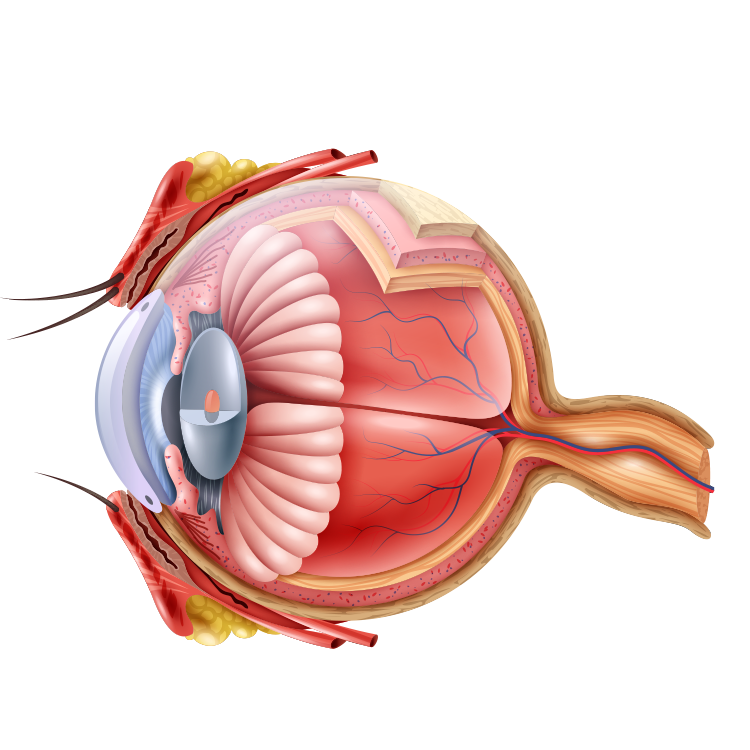There are four main elements that support the functioning of the eye.
– The cornea and lens are at the front of the eye and focus the light entering the eye like a camera lens. The focused light creates an image on the retina. The cornea is the transparent layer of tissue that covers the front of the eye and protects it from damage. If the cornea is abnormally curved, i.e. too flat, it can lead to farsightedness.
– Located at the back of the eye, the retina is the layer of tissue that perceives light and color. The retina converts light and color into electrical signals.
– The optic nerve carries these electrical signals from the retina to the brain. This allows us to interpret and understand the information sent by the eye.

The lens focuses incoming light on the retina and evenly bends or breaks it, resulting in a clear image of the object. If the lens is too thin or not round enough, it can alter the refraction of light and focus it behind the retina instead of on it. However, if the light is not focused behind the retina, the lens changes thickness to correct the refractive error. This is called “optical power matching” or “accommodation”. However, the lens itself cannot fully correct distance vision, so light is still not properly focused and nearby objects are blurry.